Overview
Map
Other Details
كنيسة مار الياس
Ghosta
Keserwan
Mount Lebanon
كنيسة مار الياس - غوسطا سنة ١٦٨٠ بدأ الشيخ ابو قنصوه الخازن بناء دار في غوسطا تلاصقها كنيسة على اسم مار الياس وكُرّست سنة ١٦٨٩. البناء كناية عن عقدٍ مُصالب ينتهي بحنية نصف دائرية. رُسم فيها المطران يوسف راجي الخازن (البطريرك لاحقًا) مطرانًا على غوسطا سنة ١٧٢٨ على يد البطريرك يعقوب عوّاد، ودُفن فيها في ١٣ أيّار ١٧٤٢. رُمّمت الكنيسة مؤخرًا. The Church of St. Elijah - Ghosta It was constructed in 1680 by Sheikh Abou Qanso el Khazen, adjacent to his house. It was consecrated and dedicated to the prophet Elijah in 1689. The structure comprises a crossed vault with a semi-circular apse. Within this church, Bishop Youssef Raji el Khazen (later patriarch) was ordained as the bishop of Ghosta by Patriarch Yaaqoub Awad in 1728. He was subsequently buried in the same church on May 13, 1742. The church has recently undergone restoration.
Visited 2508 times, 7 Visits today




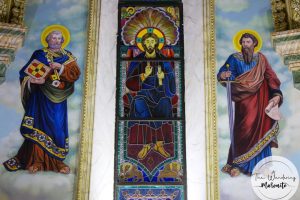

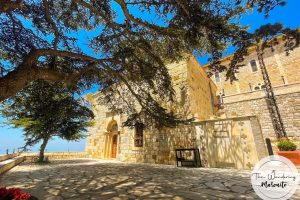



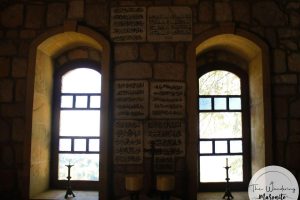
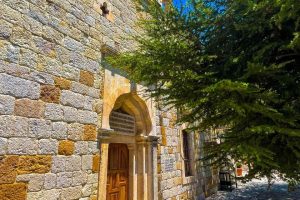
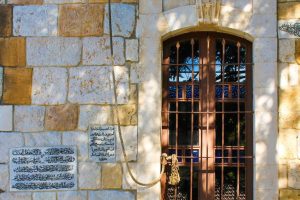

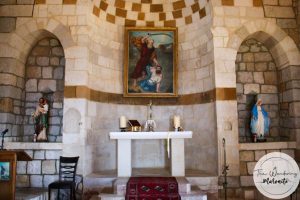














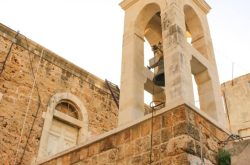
Reviews are disabled, but trackbacks and pingbacks are open.